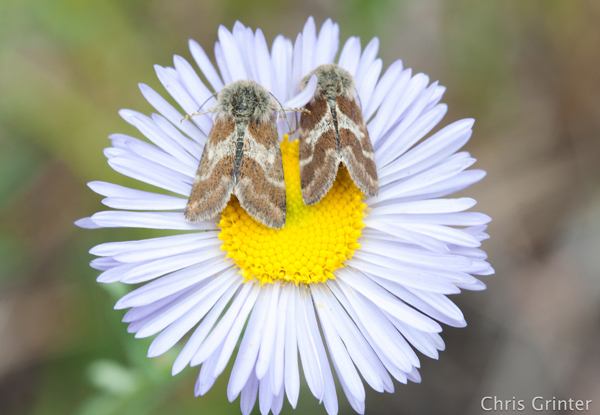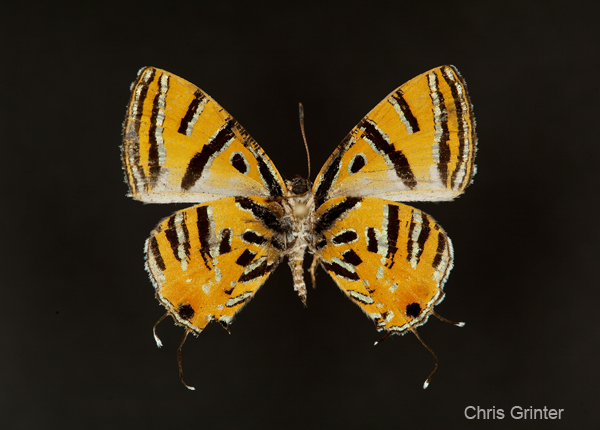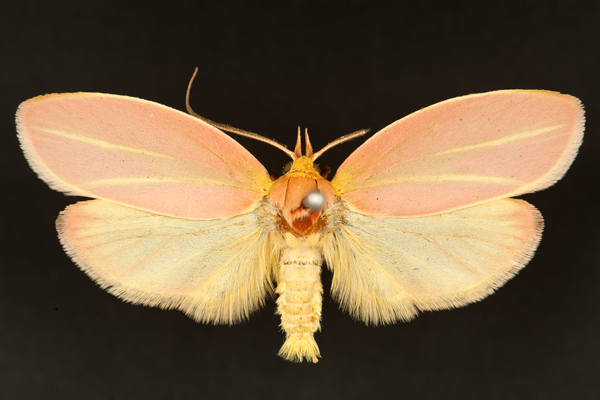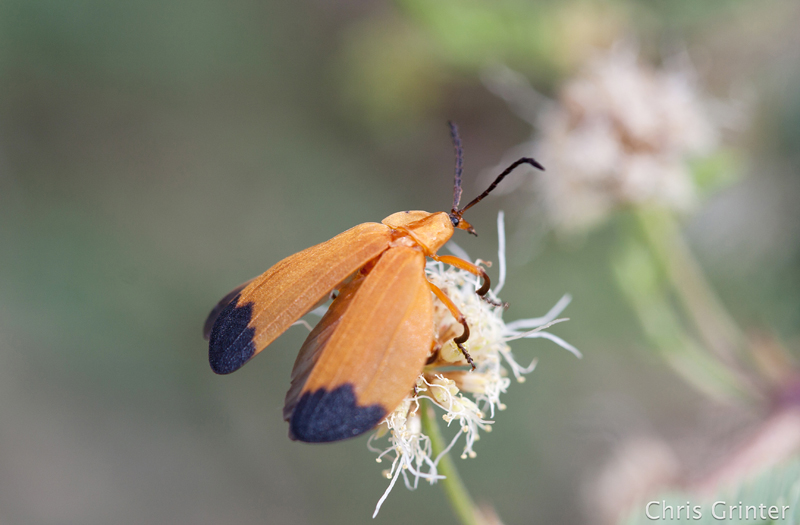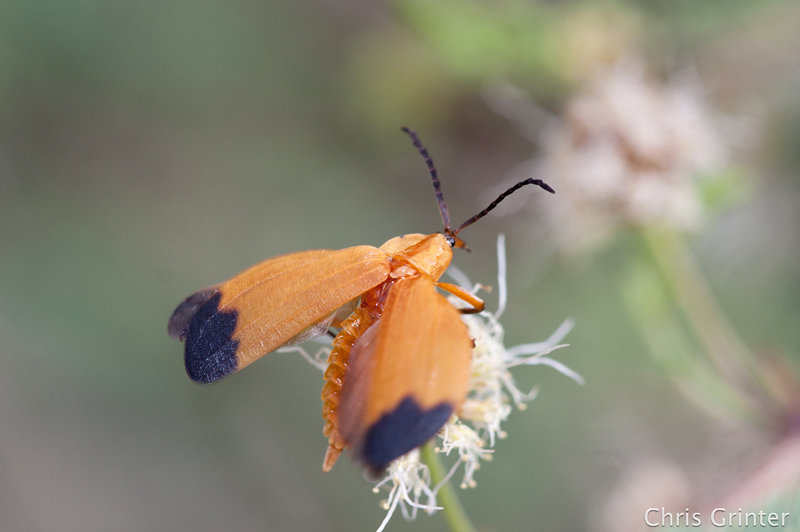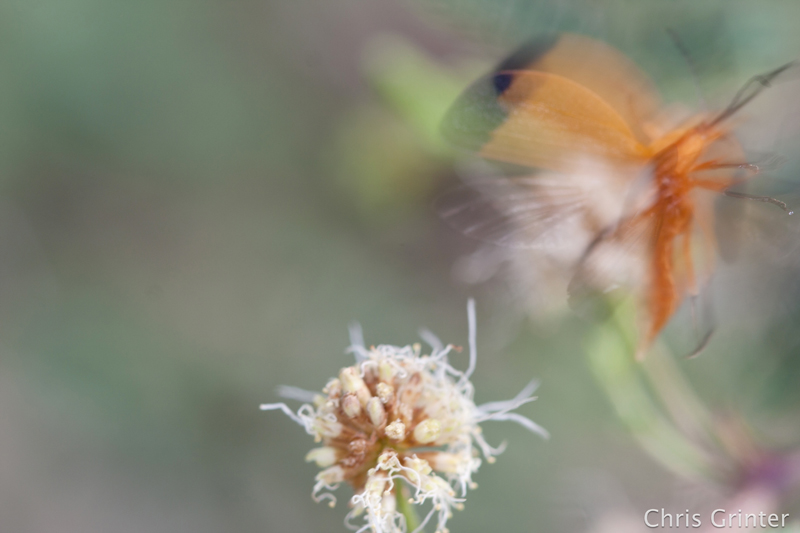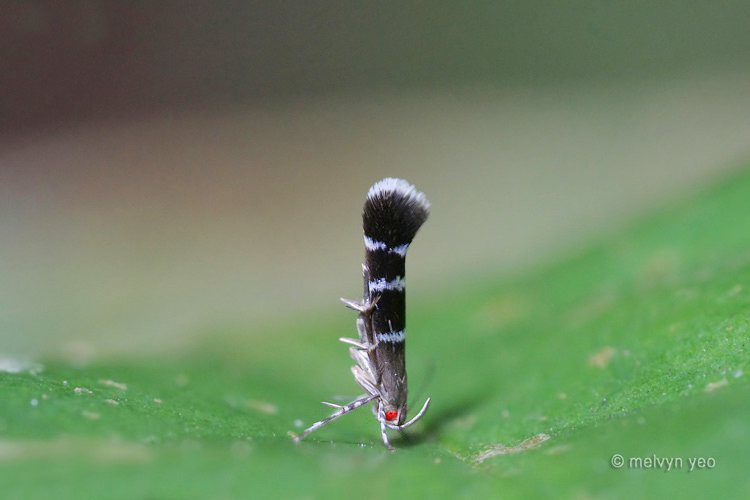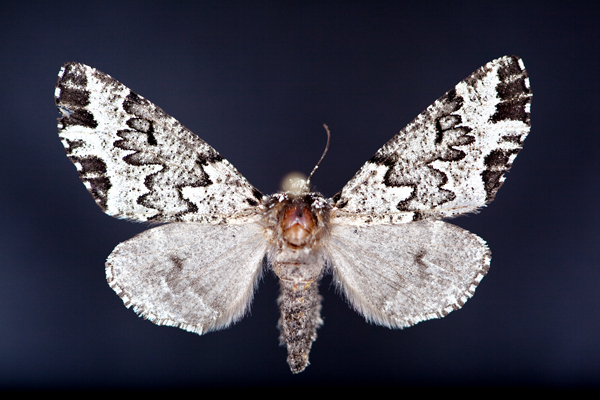Recém-saído das prensas, a borboleta azul de Miami (MBB) é agora listado como ameaçado pelo governo federal por acto de providência de emergência. Huzá! (direito?)
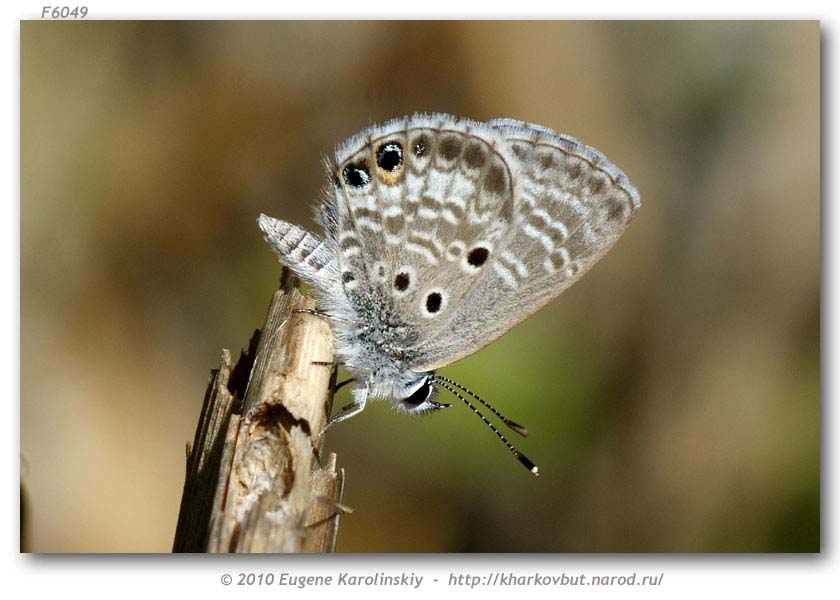
Borboleta Azul de Miami from Borboletas da América
Meu primeiro pensamento foi “esperar, não foi isso já ameaçadas de extinção?”. Sim, Acontece que o MBB está ameaçado pelo Estado desde 2002 após uma petição de emergência anterior apresentada pela North American Butterfly Association (NABA). Essa medida parecia abrangente o suficiente, pois essa borboleta não ocorre em nenhum outro lugar nos EUA. Mas isso não é um detalhe importante e não vejo nenhum dano real em listar federalmente outra borboleta. As Florida Keys certamente precisam de toda ajuda possível quando se trata de proteger o meio ambiente.
Como espécie em extinção, o Miami Blue (Cyclargus thomasi bethunebakeri) é uma extensão da cordilheira ao norte de uma espécie que comumente ocorre em todo o Caribe. Se o imigrante dos EUA é ou não realmente distinto o suficiente para justificar uma subespécie própria, não é algo que eu possa realmente abordar, já que não sou um cara borboleta nem um pouco.. Eu me esquivo muito de toda a ideia de uma subespécie, mas ei, Eu acho que esses caras borboleta precisam de algo para fazer! Também me parece lógico que os influxos de azuis emigrados mudariam naturalmente em abundância na costa sul da Flórida. No início da década de 1950, esses insetos costumavam ser abundantes nas praias de quase todo o estado. O último 60 anos ímpares foram cruéis para a Flórida – desenvolvimento e redução de mosquitos devastou o que costumava ser um habitat intocado. Tudo das borboletas estão sofrendo.
Então eu percebi que havia algo muito estranho sobre este anúncio: a provisão de emergência é Além disso listagem tudo azuis semelhantes que compartilham habitat com o MBB como ameaçado e, portanto, protegido! Porquê? Porque eles Veja como o MBB. Esses azuis incluem o azul Cassius (Leptotes cássio), Azul Ceraunus (Hemiargus ceraunus), e o azul Nickerbean (Cyclargus amon). Vamos esclarecer uma coisa – tanto o blues de Cassius quanto o de Ceraunus não são de forma alguma na realidade ameaçado nem raro. Ambos podem ser – espécies incrivelmente abundantes com um alcance que abrange todo o Caribe, a costa do golfo a oeste da Califórnia e o interior vagueia até o centro-oeste!
Então eu pergunto, como isso pode ter passado?

Gary Larson, O Lado Distante
Ah isso mesmo – promoção do medo trazida a você pela Associação de Borboletas da América do Norte radicalmente anti-coleção. A NABA percebe a coleta como um dos perigos mais graves para as populações de borboletas, apesar da incrível falta de evidências. Sim, todo colecionador por aí está vestindo uma capa preta maligna e fazendo o trabalho de sua vida extinguir a beleza do mundo. De alguma forma, esta organização conseguiu convencer o USFWS de que eles têm razão. Eu não posso fazer justiça a esta provisão, então aqui está a citação exata.
Além disso, o Serviço está emitindo um 4(d) regra especial sobre essas espécies para estabelecer proibições de coleta e comércio comercial dentro dos Estados Unidos. Esta ação também proíbe a importação para, e exportar de, os Estados Unidos das três borboletas semelhantes. Atividades de outra forma legais que podem afetar essas borboletas semelhantes, como o uso legal de pesticidas, cortar a grama, e uso do veículo - não são proibidos. Extensão das proibições de cobrança, posse, e comércio para as três borboletas semelhantes proporcionarão maior proteção ao azul de Miami.
sinceramente estou sem palavras. Bem, talvez eu consiga mais algumas palavras.
Vá em frente e corte seu pedaço de habitat e depois pulverize herbicida nele. Mas é melhor você não se atrever a coletar um único azul… o USFWS está assistindo.
Eles também se tornam bastante paranóicos. Claro, a caça furtiva acontece de vez em quando, não importa qual espécie você proteja. Seja para lucro ou comida, alguns animais estranhos serão apanhados. Mas existe alguma evidência real para apoiar este nível de loucura? A maioria das citações no registrador são de casos, periódicos não revisados por pares.
o Serviço determinou que a designação de habitat crítico para a borboleta azul de Miami não é prudente porque a publicação de mapas e descrições de áreas críticas de habitat anunciaria amplamente a localização exata da borboleta aos caçadores furtivos, colecionadores, e vândalos e pode facilitar ainda mais a perturbação e destruição do habitat da borboleta.
Oh, eu amo citações: (fonte)
mas também indica que não há evidências ou informações sobre a pressão de cobrança atual ou passada no Miami blue (FWC 2010, p. 13)… Embora não tenhamos evidências de coleta ilegal do Miami Blue, temos evidências de coleta ilegal de outras borboletas de terras federais no sul da Flórida …
…O mesmo site oferece espécimes de duas outras borboletas de aparência semelhante ao azul de Miami; o ceraunus blue atualmente é vendido por € 4,00 ($5.57), e o azul cassius está disponível por € 2,50-10,00 ($3.48-$13.93).
… Portanto, é bem possível que coletores autorizados a coletar espécies semelhantes possam inadvertidamente (ou propositalmente) coletar a borboleta azul de Miami pensando que era, ou planejando alegar que achavam que era, o azul cássio, azul-níquel, ou azul ceraunus
Não me entenda mal – financiamento e proteção adicionais para uma espécie rara podem ser úteis, desde que o habitat seja salvaguardado. Parece, no entanto, que a grande maioria dos fundos tende a ir para programas de reprodução em cativeiro que, sem dúvida, fazem muito bem. Se a borboleta estiver desaparecendo das ilhas, liberar nuvens delas só fará belas fotografias e não uma espécie salva.
Estarei enviando um comentário solicitado e sugiro que você faça o mesmo. Comente aqui antes de outubro 11, 2011: Portal Federal de eRulemaking: http://www.regulations.gov. Siga as instruções para enviar comentários para a súmula nº. [FWS – R4 – ES – 2011–0043]. Ou escreva para: NÓS.. correio ou entrega em mãos: Processamento de comentários públicos, Atenção: Nº do Boletim. [FWS – R4 – ES – 2011–0043]; Divisão de Gestão de Políticas e Diretivas; NÓS.. Serviço de Pesca e Vida Selvagem; 4401 N. Unidade Fairfax, MS 2042–PDM; Arlington, Será um prazer enviar uma foto se precisar 22203..
